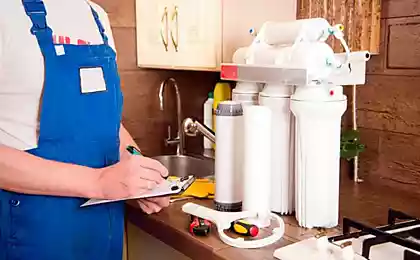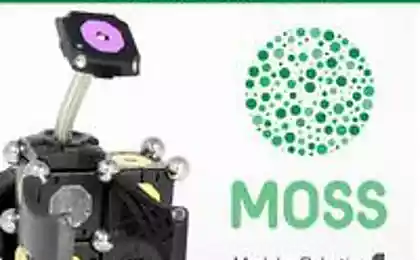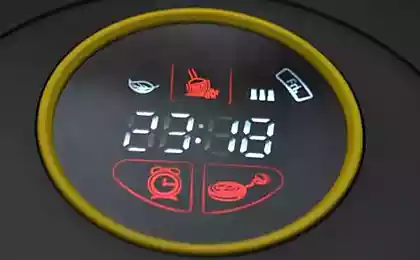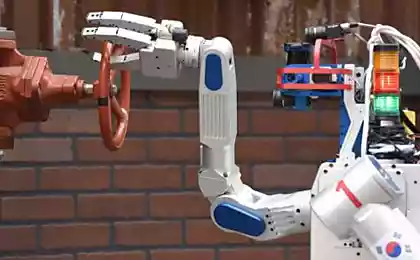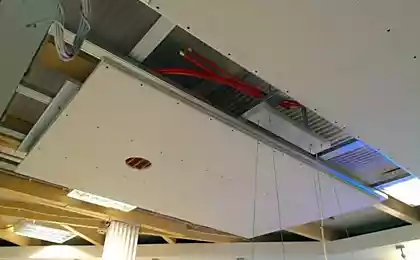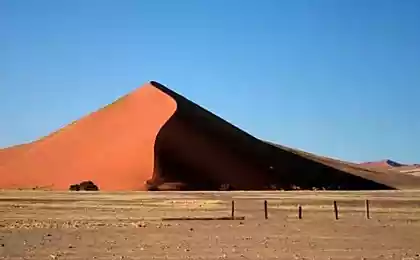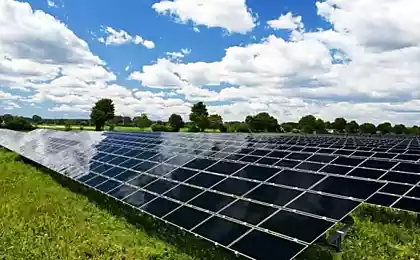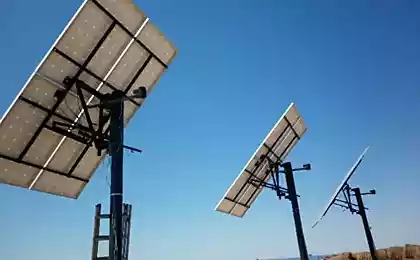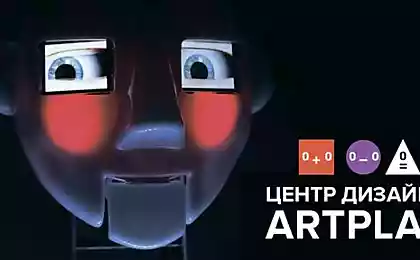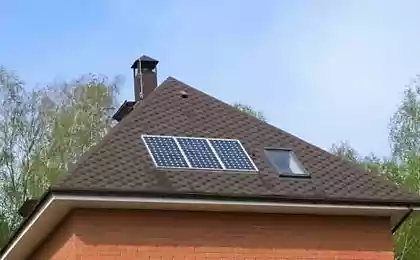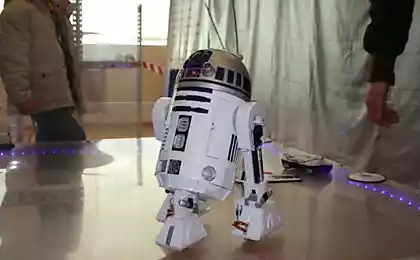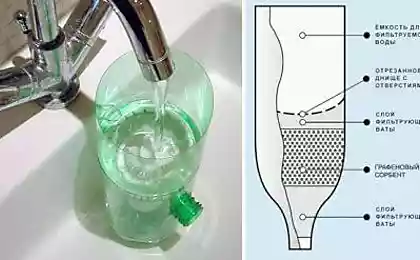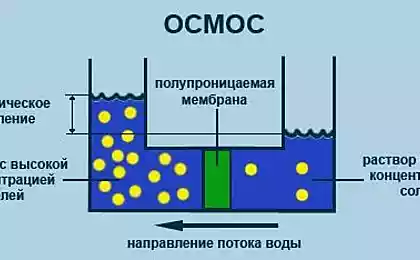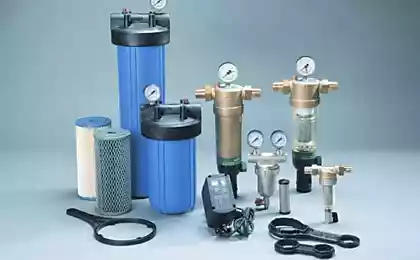203
Robot to clean solar panels in the desert
Deserts with abundant sunlight are ideal for producing solar energy.
But the desert terrain is also very dusty, which is a problem, understandably. Owners of solar power plants need a method that would allow them to clean the solar panels, thereby helping them maintain optimal conditions, otherwise the panels lose about 0.4-0.8% of efficiency daily, and up to 60% after dust storms.
But cleaning solar panels with water in the middle of arid terrain is quite problematic. And anything that requires a lot of human labor in the heart of the hot desert, where temperatures can reach 122 degrees Fahrenheit (50 degrees Celsius) during the day, will be difficult under any circumstances.
This is the task that a robot from Saudi Arabia called NOMADD (NO-water Mechanical Automated Dusting Device). Mechanical automated device for removing dust without using water.
Small robots are mounted on guides along a series of panels and, at least once a day, they move along the panels, cleaning them with a special brush designed so as not to damage the solar panel, and most importantly, without using water.
This design has a significant advantage over manual cleaning, which occurs once a week or two.
Solar panels, which do not have dust most of the time, produce much more electricity. A single NOMADD robot can clean a row of solar panels about 600 feet (182 meters) long. The developers plan to carry out an upgrade, after which the robot will “pass” a distance of up to 900 feet (274 meters).
Each row of solar panels has its own robot installed, so they can work in parallel, and despite the small size of the device, cleaning the giant solar power plant does not take longer than the traditional method.
One of the advantages of the NOMADD robot is that it was developed in a part of the world where almost everyone knows about working conditions in the desert. According to the creators, the payback of the technology will be three years, and the robot itself survives in harsh conditions with minimal maintenance.
“NOMADD is not a clean-up developed in mild conditions, and then naively brought to MENA (a geographical region that unites the countries of the Maghreb and the Middle East),” the official website says. “This system is designed, developed and tested in Saudi Arabia for the harshest desert conditions. It is not possible to be properly prepared for such conditions without experiencing them throughout the development process. That is our advantage.”
Cleaning solar panels directly affects their efficiency, so this problem is of concern to many. Recently, Facepla.net told orobots with a similar working principle – the technology of the Israeli company Ecoppia. Israel is also developing self-cleaning solar panel technology.
Source: facepla.net
But the desert terrain is also very dusty, which is a problem, understandably. Owners of solar power plants need a method that would allow them to clean the solar panels, thereby helping them maintain optimal conditions, otherwise the panels lose about 0.4-0.8% of efficiency daily, and up to 60% after dust storms.
But cleaning solar panels with water in the middle of arid terrain is quite problematic. And anything that requires a lot of human labor in the heart of the hot desert, where temperatures can reach 122 degrees Fahrenheit (50 degrees Celsius) during the day, will be difficult under any circumstances.
This is the task that a robot from Saudi Arabia called NOMADD (NO-water Mechanical Automated Dusting Device). Mechanical automated device for removing dust without using water.
Small robots are mounted on guides along a series of panels and, at least once a day, they move along the panels, cleaning them with a special brush designed so as not to damage the solar panel, and most importantly, without using water.
This design has a significant advantage over manual cleaning, which occurs once a week or two.
Solar panels, which do not have dust most of the time, produce much more electricity. A single NOMADD robot can clean a row of solar panels about 600 feet (182 meters) long. The developers plan to carry out an upgrade, after which the robot will “pass” a distance of up to 900 feet (274 meters).
Each row of solar panels has its own robot installed, so they can work in parallel, and despite the small size of the device, cleaning the giant solar power plant does not take longer than the traditional method.
One of the advantages of the NOMADD robot is that it was developed in a part of the world where almost everyone knows about working conditions in the desert. According to the creators, the payback of the technology will be three years, and the robot itself survives in harsh conditions with minimal maintenance.
“NOMADD is not a clean-up developed in mild conditions, and then naively brought to MENA (a geographical region that unites the countries of the Maghreb and the Middle East),” the official website says. “This system is designed, developed and tested in Saudi Arabia for the harshest desert conditions. It is not possible to be properly prepared for such conditions without experiencing them throughout the development process. That is our advantage.”
Cleaning solar panels directly affects their efficiency, so this problem is of concern to many. Recently, Facepla.net told orobots with a similar working principle – the technology of the Israeli company Ecoppia. Israel is also developing self-cleaning solar panel technology.
Source: facepla.net
